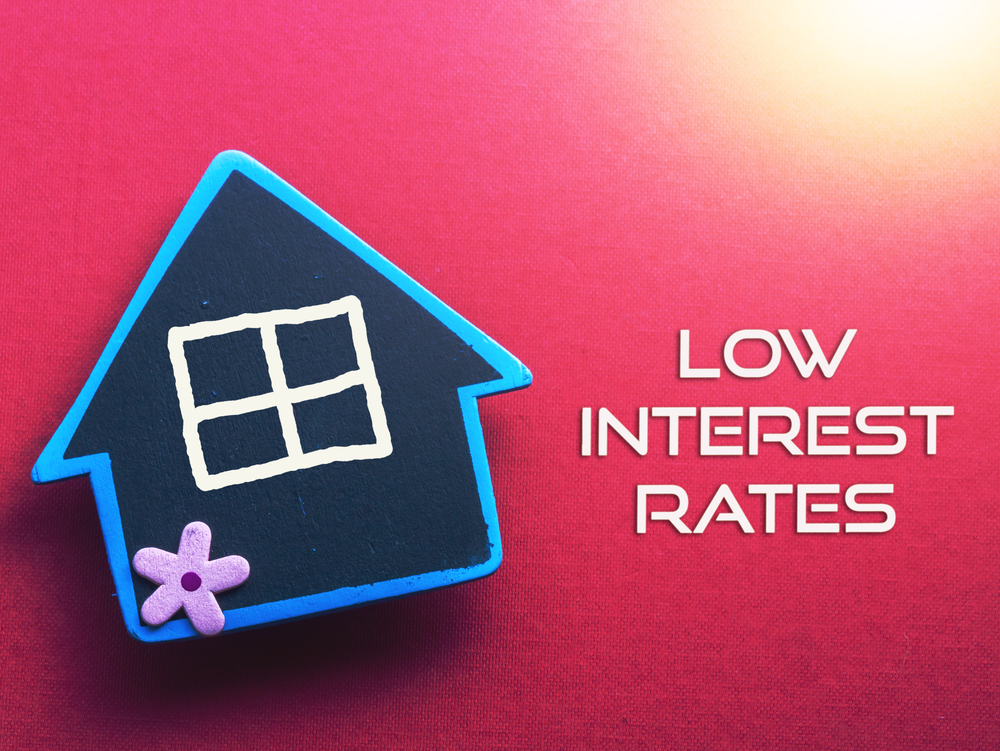It’s the building societies, rather than the banks, that offer better value to borrowers currently with lower average interest rates on their mortgages.
It’s the building societies, rather than the banks, that offer better value to borrowers currently with lower average interest rates on their mortgages.
 That’s according to new analysis from financial information site Moneyfacts, which looked at the top rates on offer from the UK’s largest banks – the likes of Lloyds, Barclays, Halifax, Santander and Royal Bank of Scotland – and compared them to the best rates on offer from mutuals.
That’s according to new analysis from financial information site Moneyfacts, which looked at the top rates on offer from the UK’s largest banks – the likes of Lloyds, Barclays, Halifax, Santander and Royal Bank of Scotland – and compared them to the best rates on offer from mutuals.
And the research found that generally building society rates come with a lower rate of interest, meaning smaller repayments.
For example, it found that the current average two-year fixed rate on offer from a building society is 2.27%. However, the average rate from banks is 2.33%.
There is an even bigger difference on longer-term fixed rate deals. Banks were found to charge an average rate of 3% on five-year fixes, significantly more than the typical 2.59% on offer from mutuals.
This difference jumped still further at high LTVs, with the average five-year fixed rate at 90% LTV from building societies 2.94%, considerably cheaper than the 3.66% rate levied by the main banks.
Charlotte Nelson, finance expert at Moneyfacts, noted that the two-year fixed rate market is a “key focus” for all lenders which is why the difference in price has shrunk over the years.
She added that mutuals clearly want to be seen as supporting first-time buyers, and that lower rates is an easy way for them to do this, also noting that building societies often have a more flexible underwriting process which adds to their appeal.
Nelson concluded: “Interest rates are expected to rise in the near future and as a result, borrowers are starting to consider their options. With such a large gap between the main banks and building societies, perhaps it is time, for borrowers to consider looking away from the high street to get the most cost-effective deal, particularly over the longer term.”














